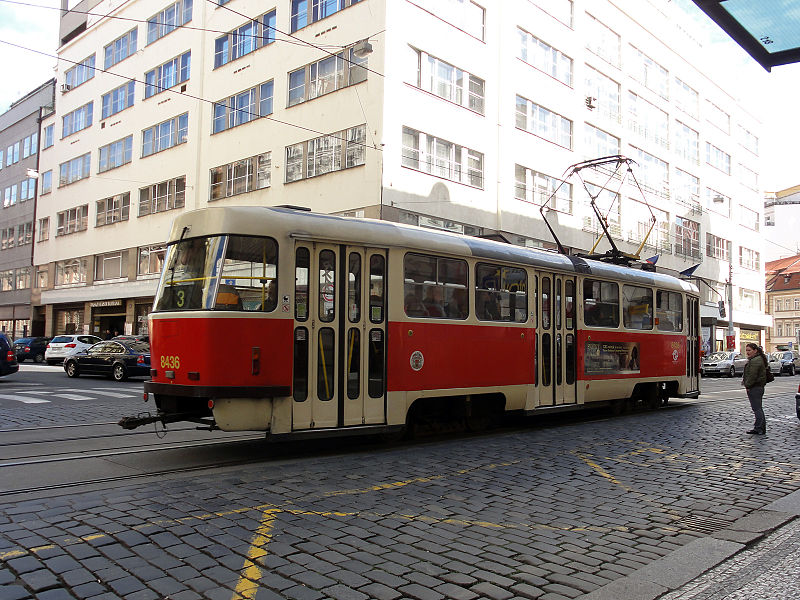
In a recent discussion as part of the "Great Changes of Prague" series, Deputy Mayor for Transport Zdeněk Hřib and Deputy Mayor for Territorial Development Petr Hlaváček presented new
projects aimed at further expanding Prague's tram network, building upon the tram boom initiated in the previous election period.
During a debate held at the Center for Architecture and Urban Planning (CAMP), Hřib and Hlaváček introduced plans for a tram ring and the extension of existing tram lines, which will soon span an impressive length of 150 kilometers.
Hřib emphasized the crucial role of public transport in any city, stating, "Prague's public transport is considered one of the best transportation systems in Europe. Rail transport, in particular, is key due to its ecological nature, space efficiency, and alignment with our climate plan. We must continue to develop this strong aspect of Prague by enhancing infrastructure quality, improving user comfort, and employing data-driven planning."
A top priority is the implementation of a tram circuit that will encircle Prague, connecting the city's outskirts. Simultaneously, the construction of additional tram line sections will persist, ensuring service expansion to the developing peripheral areas of the metropolis.
Strengthening the capacity and reliability of the tram network in highly congested sections at the city center is another focal point. Hlaváček emphasized the city-shaping influence of trams and their significance in enhancing transport accessibility for new districts.
"In the previous election period, we initiated crucial project works, and we are already witnessing the first results in the form of ongoing construction projects and operational sections," Hlaváček added. The proposed future tram lines will serve prominent development districts like Nové Dvory or Nákladové nádraží Žižkov.
Hřib highlighted forthcoming measures to enhance tram traffic flow, particularly at intersections shared by road and tram networks. These measures will encompass increased investments, expanded mobility and infrastructure databases, modern telematics systems, streamlined cooperation and traffic planning processes, as well as higher penalties for obstructing public transport.
Several tram line projects are currently in progress. The Holyně – Slivenec tram line is in preparation, the construction of the Divoká Šárka – Dědinská section is underway, and a tram line will be established across the Dvorecký Bridge.
The selection of a contractor is pending for the construction of the track on Václavské Náměstí. The Muzeum tram line, connecting Václavské náměstí with existing tracks on Vinohradská Street, is in the stage of project documentation for building permits. Documentation for the territorial management of the Vozovna Kobylisy – Zdiby tram line, which will be the first to cross the border between Prague and the Central Bohemia region, is also being processed.
Other tram line projects, such as Počernická, Libuš – Nové Dvory, Malovanka – Strahov, Kobylisy – Bohnice, Olšanská – Habrová, and the extension to Pankrác, are at various stages of documentation. Additionally, plans include the Bubna underpass to enable a tram line solution near the future Vltava Philharmonic.
Preparations have been approved for several tram projects, including a line directly in front of the Hlavní nádraží building and the Ďáblice – Čakovice, Podbaba – Suchdol, Komořany, and Motol – Vypich tram lines.
Of significant importance is the tram ring project, which will connect existing lines through tangents, enabling connectivity between districts where public transport is currently not competitive. This initiative aligns with the plan to create a "15-minute city" and alleviate car traffic in the peripheral areas of Prague. Photo by Steve Collis from Melbourne, Australia, Wikimedia commons.



































